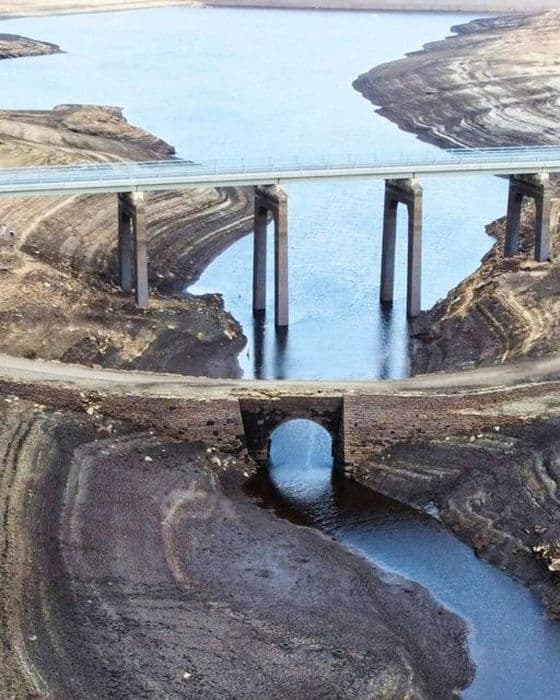
The discovery of a Viking-era packhorse bridge in Yorkshire, uncovered by low water levels at Baitings Dam, offers a fascinating glimpse into the region’s rich history. Dating back to medieval times, packhorse bridges like this one played a crucial role in facilitating trade and connecting rural communities.

Situated within the Baitings Reservoir, the bridge remained submerged since the 1950s when the reservoir was flooded to make way for a modern concrete viaduct. However, the exceptionally dry weather in 2022 led to a significant drop in water levels, revealing the long-hidden bridge and remnants of an old village.
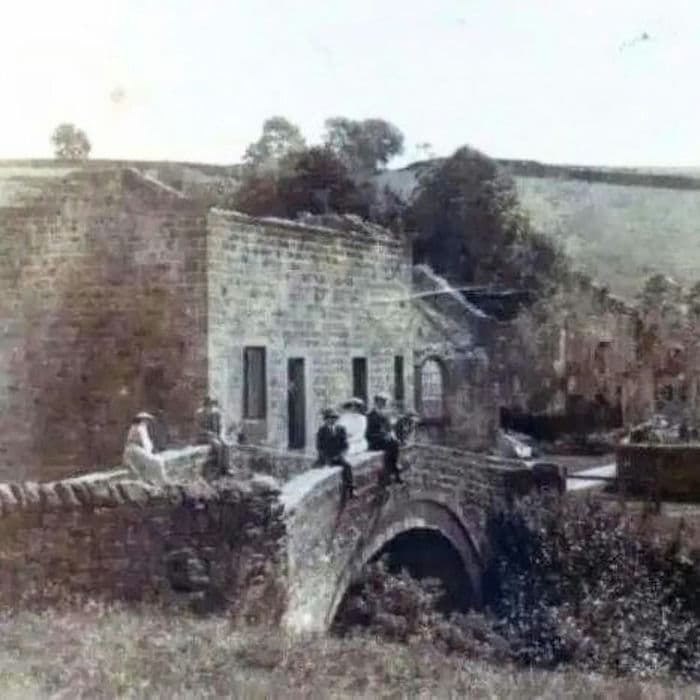
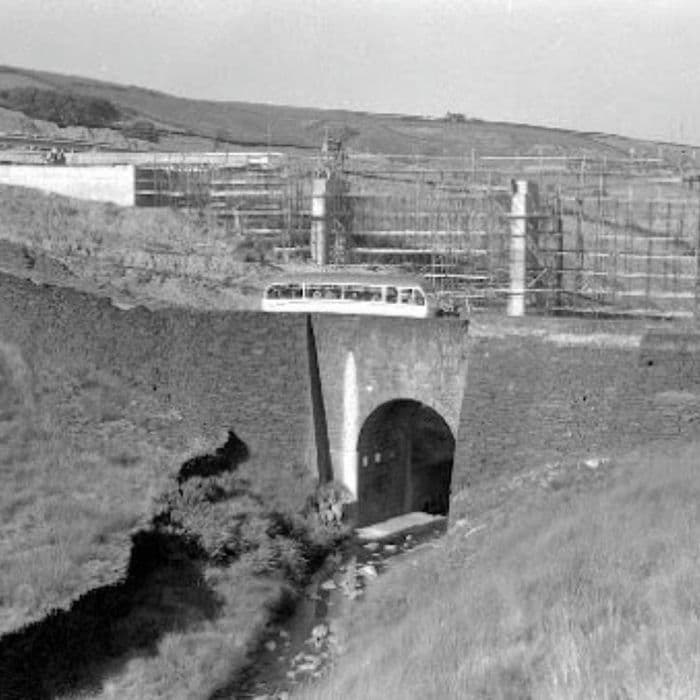
The village, once a bustling hub along the ancient packhorse route through the Pennines, flourished during the Industrial Revolution with the presence of a flax mill powered by the River Ryburn. However, its decline began before the flooding of the reservoir in the 1950s.
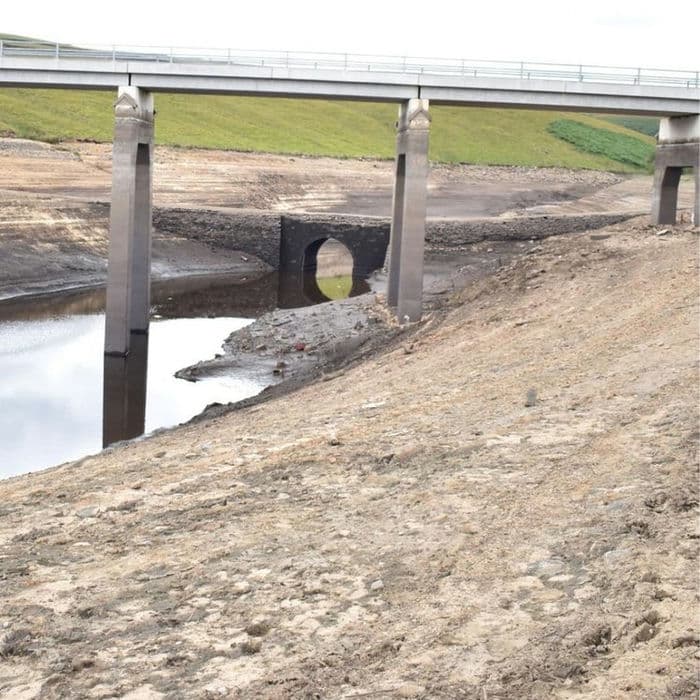
The uncovering of the bridge and village ruins offers a poignant reminder of the area’s past, while also attracting attention to the reservoir’s scenic surroundings. Despite its eerie history, including the discovery of a murder victim during a previous drought, the reservoir area remains popular among walkers and nature enthusiasts.
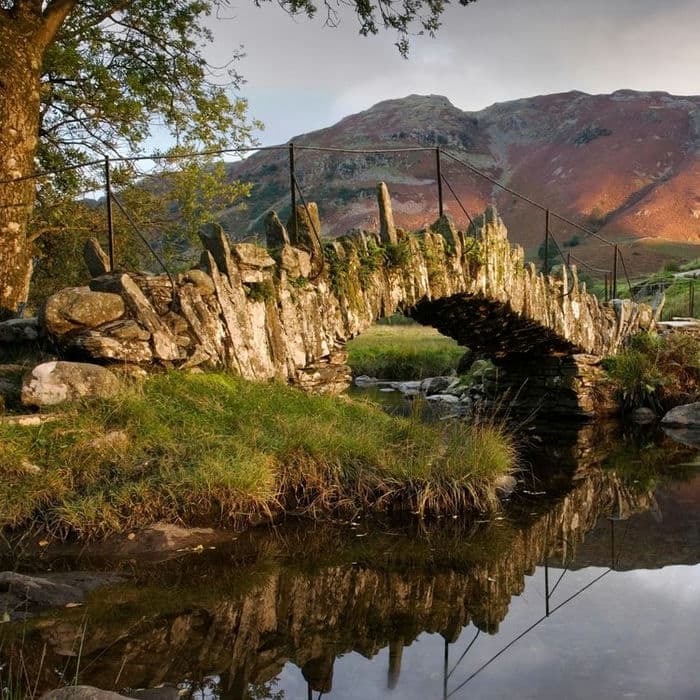
The social media reaction to the discovery reflects the intrigue and fascination surrounding such historical finds. People marvel at the bridge’s connection to the Viking era, highlighting the reservoir’s transformation into a window to the past.
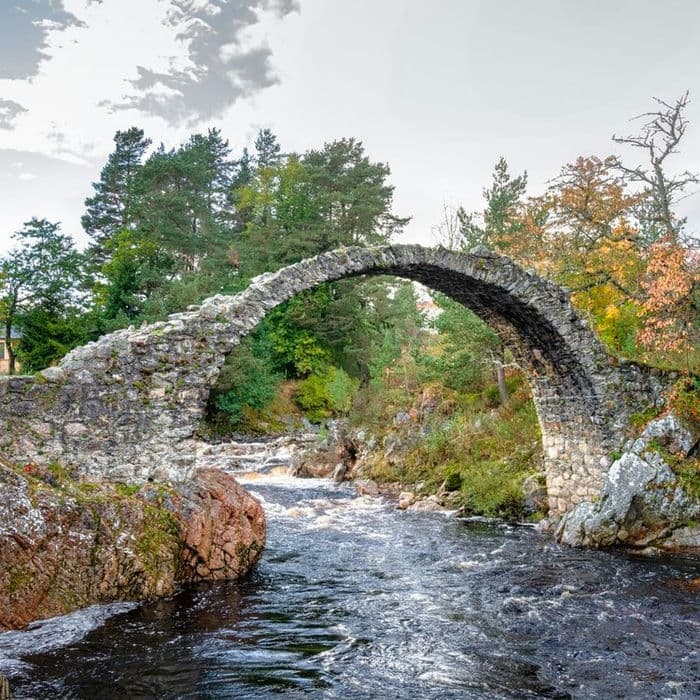
Packhorse bridges, like the one uncovered at Baitings Dam, were vital arteries of trade and communication in medieval England. Built to withstand the weight of laden packhorses, these structures were essential for transporting goods across rivers and valleys, fostering economic and social exchange between communities.
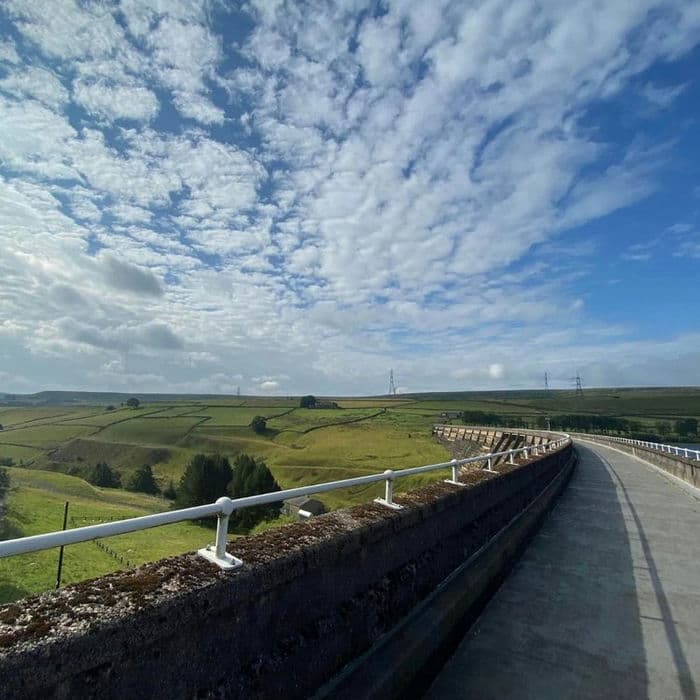
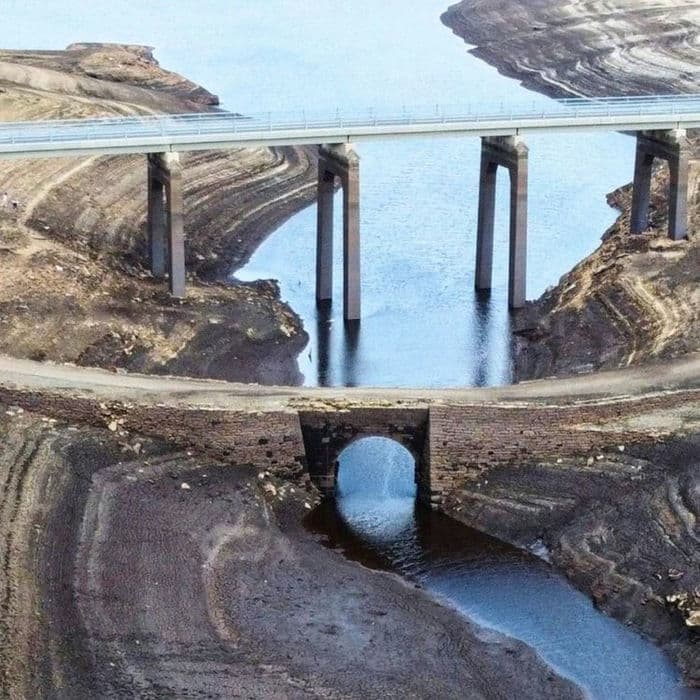
Although many packhorse bridges have fallen into disrepair over time, efforts by organisations and heritage groups aim to preserve these ancient landmarks for future generations. The discovery of the Viking-era bridge serves as a testament to the enduring legacy of these historic structures and the importance of safeguarding them for posterity.
